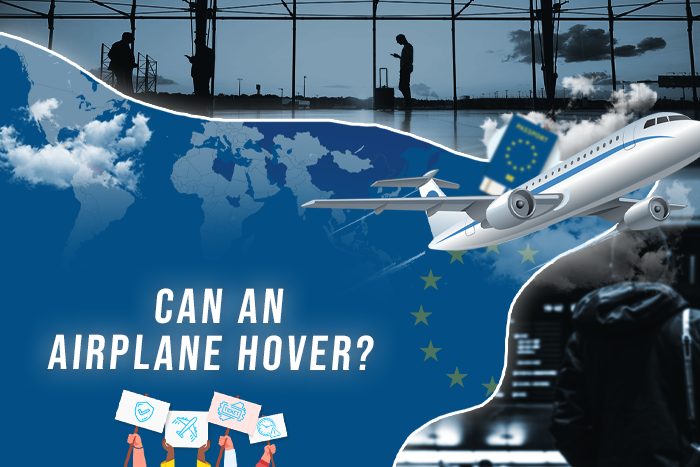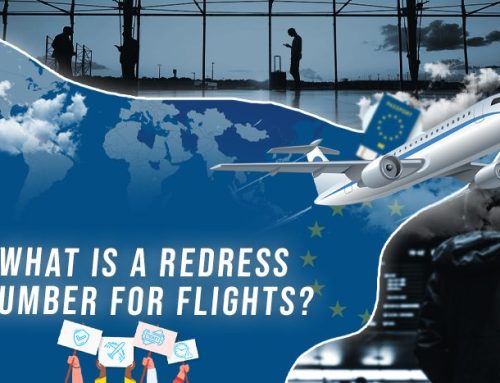It’s hard to believe that we’ve been flying for more than 100 years, and while there have been many advancements over the years, the same principles apply. It’s common to see airplanes traveling through the sky, but can they hover in place? Typically, no the average passenger plane cannot hover in place. However, there are select planes that may be able to accomplish this feat for a few seconds.
Key Takeaways
- Passenger airplanes, as we know them, are not capable of hovering in place due to their size and the need for constant forward motion and airflow to generate lift for sustained flight.
- Certain military aircraft, such as the BAE Harrier, Lockheed Martin F35B, and others, have been engineered with specialized features, including large wing surfaces, to achieve short-duration hovering capabilities, providing them with a tactical advantage in combat situations.
- The ability to hover has been a part of aviation technology since the 1960s, and ongoing research aims to enhance its efficiency and cost-effectiveness. However, the high costs associated with implementing this technology currently limit its use to military applications.
- Helicopters, with their strategically placed propellers, are the primary aircraft capable of true hovering in place. While they offer unique experiences and perspectives, their limited altitude and speed make them less practical for widespread transportation purposes.
- For passengers seeking the sensation of hovering, a helicopter ride offers an opportunity to experience this phenomenon firsthand. While hovering remains elusive for most aircraft, the continuous advancements in aviation technology keep the future possibilities intriguing.
How Do Airplanes Fly?
Before discussing how airplanes can hover, you first need to understand how they can fly. As the plane starts to move, the air flows over the wings. This generates lift. In order for the plane to fly, the lift needs to be more than the plane’s weight. The bigger the plan, the more speed and airflow is needed to get off the ground. That’s why you see long runways and gradual takeoffs as you travel.
Because you need that constant airflow and forward motion to fly, it would be difficult for a large plane to hover in the air without moving – even if there was an engine helping the plane achieve maximum airflow.
Are There Planes that Can Hover?
No passenger planes can hover in place because they are too big; however, there are some military planes that are able to do this, including the BAE Harrier, Lockheed Martin F35B. Yakovlev Yak-38 Forger, Boing Osprey, Airbus X3, SikorskyX2, and Leonardo AW609.
This is because these aircraft mess with their proportions, including the weight of the craft, wing size, and more. They can have large wing surfaces that can generate a large amount of lift. In the right conditions, this will allow the plane to hover in the air, which is a great value when it comes to military maneuvering.
This technology has been in place since the 1960s, and people continue to examine how to make it more effective and cost-efficient. At this time, the technology is too expensive to implement in civilian planes without a good reason.
What about Helicopters?

Helicopters are able to hover in place because of the placement of their propellers. These aircraft cannot be flown at high altitudes or fast speeds to serve as an effective mode of transportation. It’s fun to take a ride in a helicopter to explore new vantage points, but flying in one long term would not be comfortable.
Conclusion
If you’re flying on a traditional passenger airplane, don’t expect it to hover in place anytime soon. These planes are too big, and the return on investment is too low for something that would add no value to a flight.
However, select military crafts are designed with agility in mind, helping pilots to dodge enemy attacks. These airplanes can hover in place for a few seconds in time, which can come in clutch in high-stress times.
If you want a taste of what it’s like to hover in place, you can always take a helicopter ride! It’s possible to hover in place while flying, but it doesn’t make a lot of sense to do so in most cases.
Frequently Asked Questions
-
Can commercial airplanes be modified to hover like military aircraft?
While it is theoretically possible to modify commercial airplanes to hover temporarily, the engineering challenges and associated costs make it impractical for civilian use. The current focus of commercial aviation is on safety, efficiency, and passenger comfort during regular flight operations.
-
Why do military aircraft need hovering capabilities?
Hovering abilities in military aircraft are essential for specific operational scenarios. They enable vertical takeoff and landing, allowing these aircraft to operate from smaller or unprepared surfaces, such as makeshift airstrips or naval vessels. Additionally, hovering capabilities enhance maneuverability and evasive actions during combat situations.
-
What are the main differences between helicopters and hovering military aircraft?
Helicopters and hovering military aircraft differ significantly in their design and flight capabilities. Helicopters have rotating blades that provide lift and control, allowing them to hover and maneuver at low speeds and altitudes. Hovering military aircraft, on the other hand, employ various engineering techniques, such as specialized wing designs and thrust vectoring, to achieve temporary hovering while maintaining the ability to fly at higher speeds and altitudes.
-
Are there any civilian applications for hovering technology?
While hovering technology is primarily utilized in military aircraft, some civilian applications have been explored. Experimental prototypes and research projects have investigated the potential use of hovering capabilities for specific purposes, such as search and rescue missions, surveillance, and certain niche transportation scenarios. However, due to cost and practicality concerns, widespread implementation in commercial aviation remains unlikely at present.
-
What are the future possibilities for hovering technology in aviation?
As technology advances and research continues, there is always the potential for new innovations in aviation. While hovering may not become a standard feature in commercial airplanes, future developments could lead to more efficient and cost-effective implementations in certain specialized aircraft. Continued exploration of hovering technology may also inspire novel aircraft designs or contribute to advancements in other areas of aviation.







